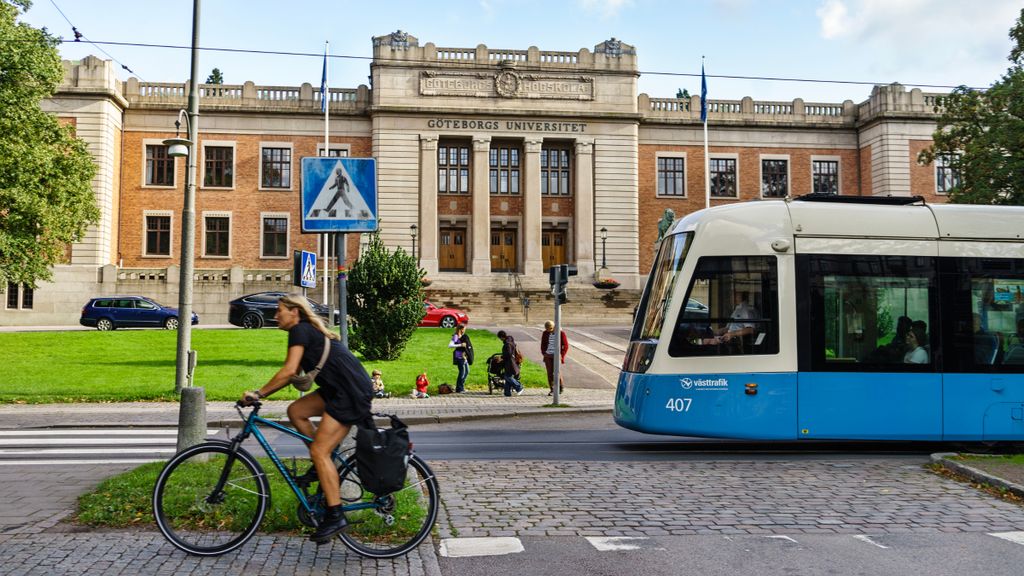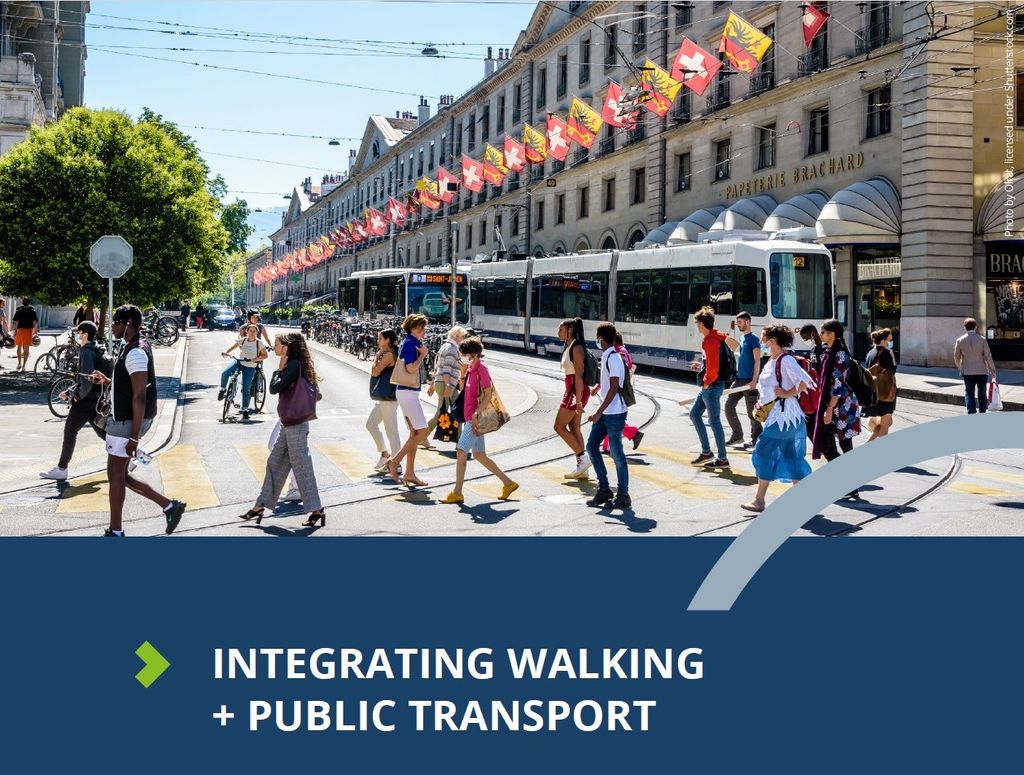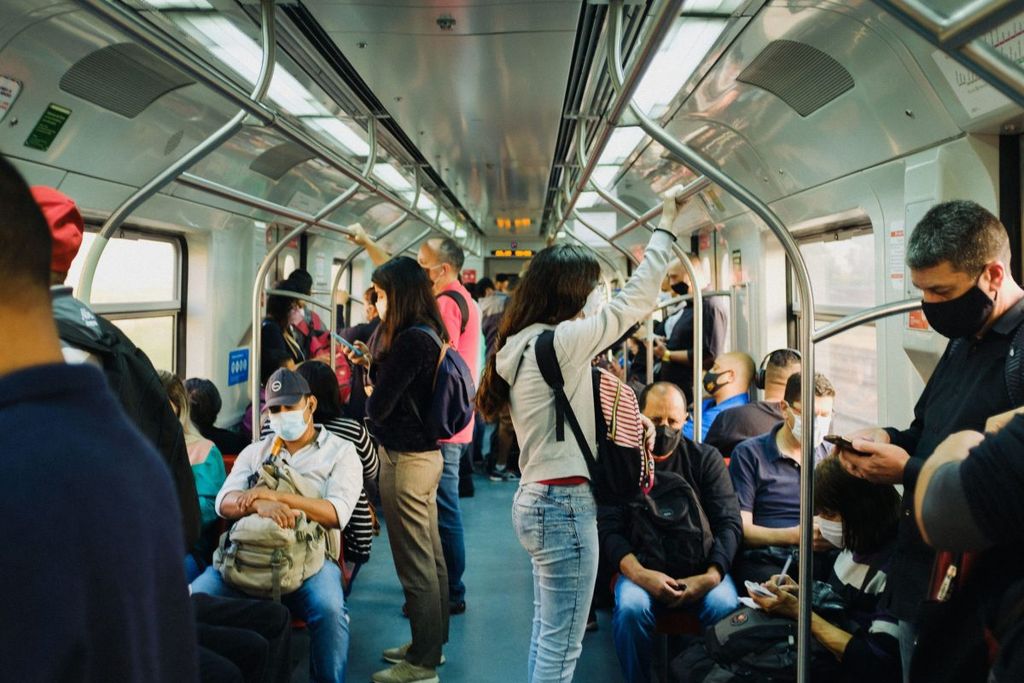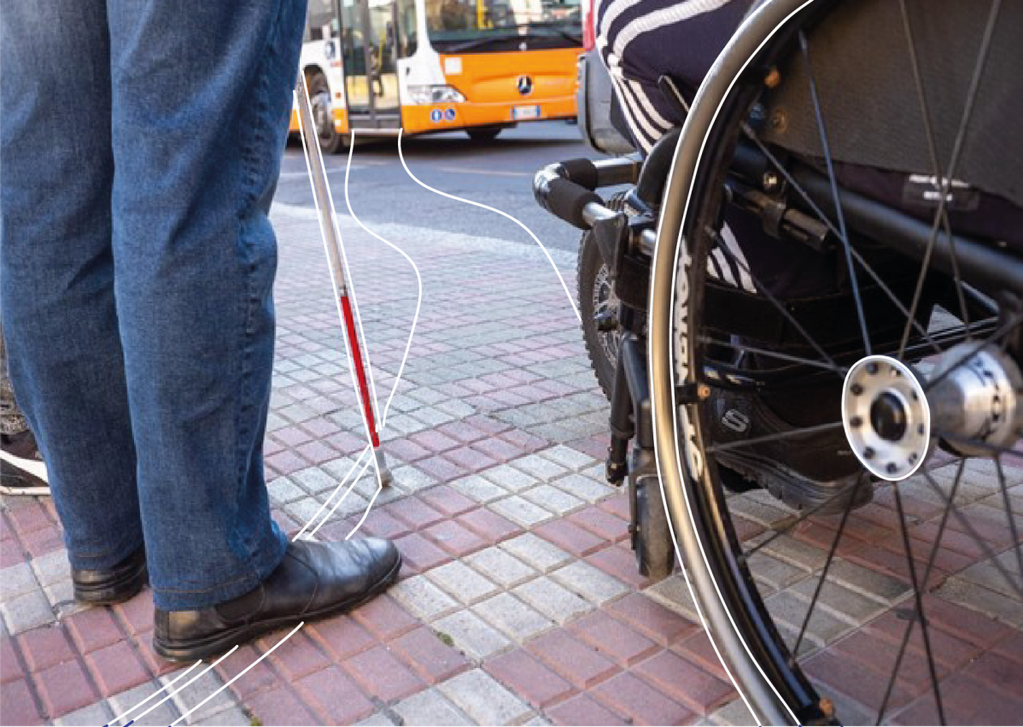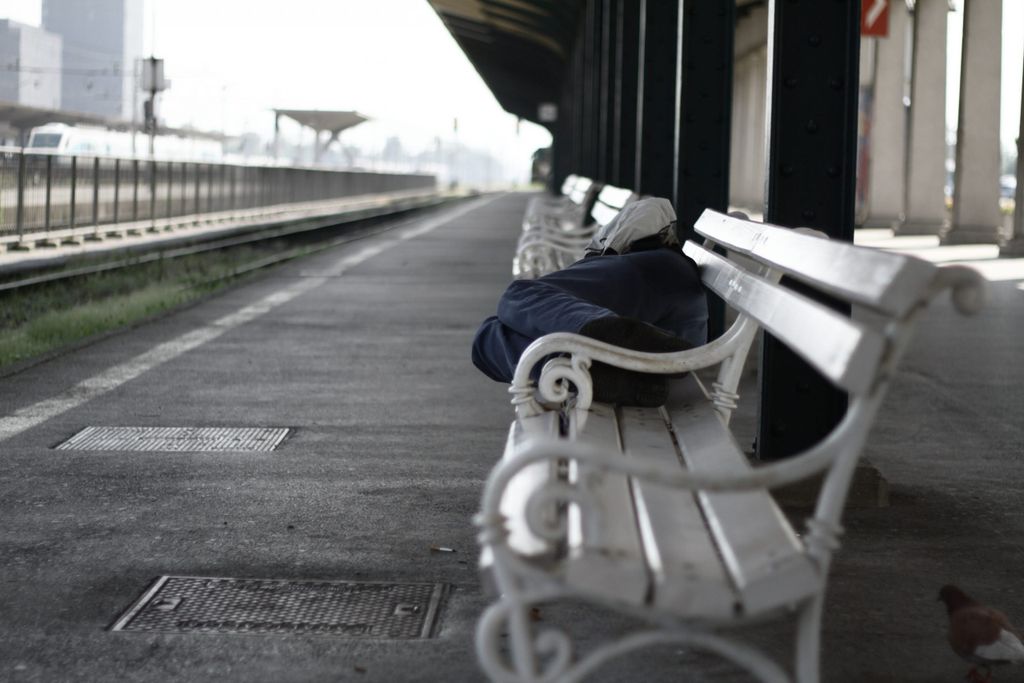
Why public transport needs a homelessness strategy (and what it should look like)
Mass transit as a first responder
Public transport operators are proud to be an important and visible part of their communities. But with this reputation comes responsibility – especially when it comes to tackling homelessness.
Every night, millions of people experience homelessness. The situation is at its worst in winter, when cold temperatures can be deadly. To escape the elements, many seek shelter in transport stations and consequently end up interacting with public transport staff. All this leads to public transport being the first responder in many situations, from aid requests to substance misuse and violent incidents. Not only does all this impact the perception of safety for other passengers, but dealing with it can be costly and time consuming.
With winter now here, what can public transport operators do when it comes to homelessness? And how should the sector be prepared for next winter?
How public transport operators manage homelessness today
There are no precise numbers on the amount of people who are chronically homeless, and the figures fluctuate. At its core, homelessness is often caused by something as simple and unpredictable as losing your job. Though it can also be the result of long-term interpersonal difficulties or abuse in the home. According to authorities, in 2022 around 582,000 people experienced homelessness in the United States. In the UK, about 227,000 people are homeless and in France that figure is 330,000. In short, the issue is both severe and widespread.
Most public transport operators already have measures in place. Some cities treat the situation only as a security issue, simply collaborating with the police and moving people out of stations. Though many cities go a step further. Indeed, sustainable change and improvement comes from working with a range of actors, such as housing associations, charities, and local government, in order to tackle the root issues of homelessness.
Essentially, the public transport sector should be moving from treating homelessness as a security issue, to seeing how operators can integrate into local support networks to get people back on their feet.
Best practices & examples
Homelessness is a growing topic among public transport operators. This year, the Canadian Urban Transit Association (CUTA) released a watershed report of recommendations for transit agencies. The publication marks a step forward for the public transport sector, though there is of course much more work to do. Namely, on subjects like land-use planning and public space design. Not to mention, for many countries around the world, any homelessness strategy must consider the possible disproportionate impact on marginalised indigenous communities.
On this topic, UITP’s Transport & Urban Life Committee has already begun discussions. During committee meetings, many members are sharing their stories of public transport management.
RATP – Paris, France
In 2022, RATP’s 60 dedicated outreach staff members interacted with 40,205 homeless individuals. Of this group, just over half were referred to possible lodging, and many others were accompanied to help centres. As well, “Stand Up” staff trainings aim to improve staff responses in harassment situations and sessions within schools involved and educated 5,730 young people.
To inform the company’s strategy, RATP has identified five unique situations when it comes to managing homelessness in public transport: begging, combatting social exclusion, ill mental health, substance abuse, and street harassment. Each requires different partnerships and approaches.

MetrôRio – Rio de Janeiro, Brazil
MetrôRio is undertaking a wide range of strategies to improve social issues in the community.
- Diversity and anti-suicide campaigns
- Donation boxes of clothes for homeless individuals
- Delivering social programmes with local libraries and schools
- Providing sanitary items for women & girls in low-income communities
- Partnering with the city’s Social Assistance Department to organise shelter
- Vaccinations at stations targeted at vulnerable individuals
- Visits to MetrôRio facilities for disadvantaged youth
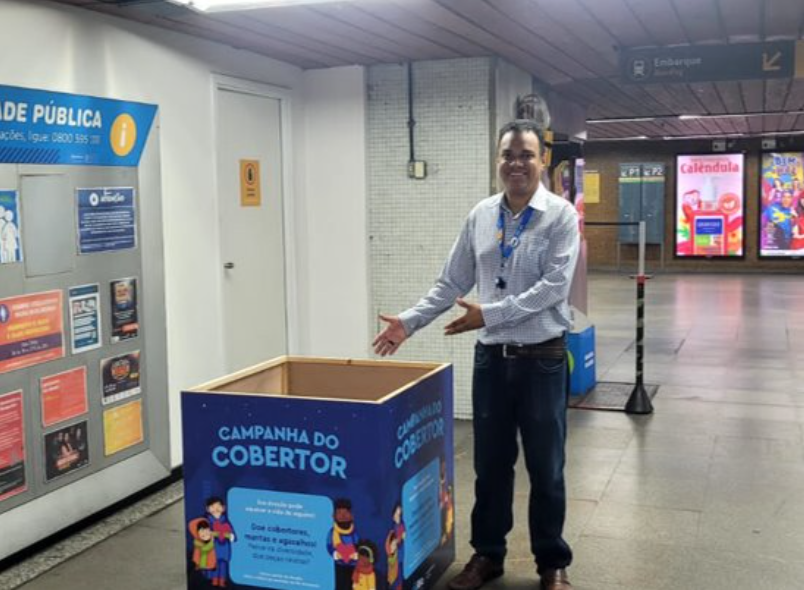


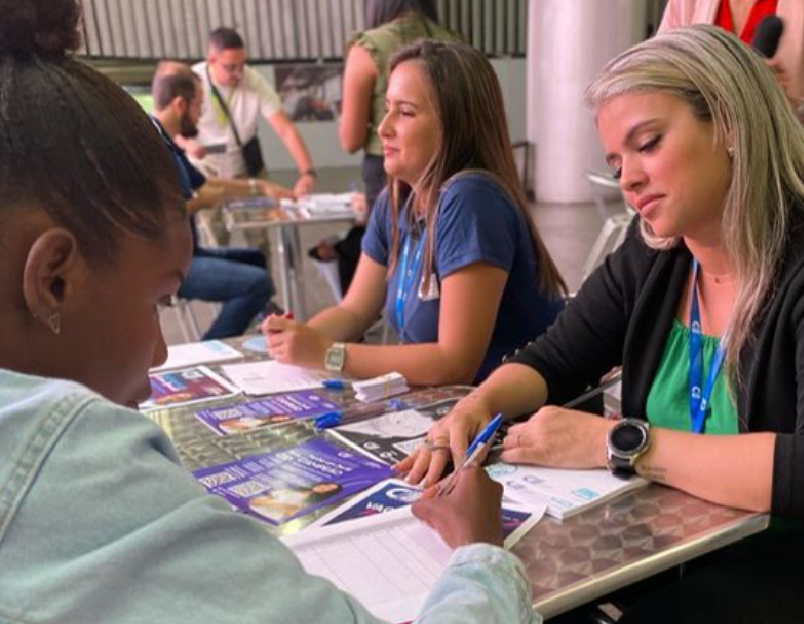
LA Metro – Los Angeles, United States of America
In October 2023, LA Metro announced their homeless action plan. Statistics show that across the city, more than 800 people use transport vehicles as mobile shelters and sleep in stations and depots.
To tackle this, the new action plan involves strengthening partnerships with local agencies, gathering more data on the homelessness on the network, and on clarifying governance to better identify which agencies can assist where.
In a snapshot:
- Outreach team increased from 16 to 24
- Increased services during unsociable hours
- New partnership with six non-profit organisations
- Requirement of a progress report at least once every quarter
- Emergency housing protocol set up with Los Angeles Homeless Services Authority
How UITP supports public transport operators manage homelessness
UITP has identified some key outcomes necessary to advance the sector’s homelessness strategies. To build on CUTA’s recommendations and the best practices shared by UITP members, UITP has formed a working group on tackling social issues in the transport sector. The new working group will:
1. Develop insights based on operators & authorities collecting data
2. Deliver further recommendations on transport and land-use planning
3. Issue recommendations on working with indigenous/aboriginal communities
With temperatures dropping, the subject is particularly relevant and affects operators from across the globe. By setting out best practices and committing to tackle the root issues of homelessness, the public transport sector can help vulnerable people, as well as itself. After all, winter happens every year. So let’s make sure that in a year’s time, we won’t be asking ourselves the same questions.
Interested in joining the Working Group and making a difference? Contact Lottie Stainer!
Contact
UITP


